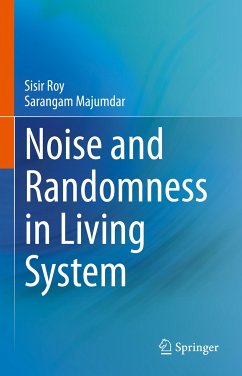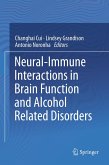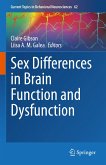This book illustrates the role of randomness and noise in living organisms. Traditionally, the randomness and noise have been used in understanding signal processing in communications. This book is divided into two sections, the first of which introduces readers to the various types and sources of noise and the constructive role of noise in non-linear dynamics. It also analyses the importance of randomness and noise in a variety of science and engineering applications. In turn, the second section discusses in detail the functional role of noise in biological processes for example, in case of brain function at the level of ion channel, synaptic level and even at cognitive level. These are described in various chapters. One of the challenging issue finding the neuronal correlates of various meditative states is to understand how brain controls various types of noise so as to reach a state of synchronized oscillatory state of the brain corresponding to the state of Samadhi. This is described in details in one chapter called Noise, Coherence and meditation. The concept of noise and the role of randomness in living organism raise lot of controversy for last few decades. This is discussed in a separate chapter. Finally, the epistemic and ontic nature of randomness as discussed in physical science are investigated in the context of living organism.
Dieser Download kann aus rechtlichen Gründen nur mit Rechnungsadresse in A, B, BG, CY, CZ, D, DK, EW, E, FIN, F, GR, HR, H, IRL, I, LT, L, LR, M, NL, PL, P, R, S, SLO, SK ausgeliefert werden.









